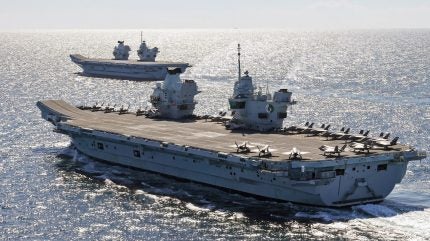
The formal handover in March of the ship’s bell of the former Royal Navy Sandown-class minesweeper HMS Blyth to Blyth Town Council marked the end of the latest chapter of the naval story attached to the ship’s name.
Blyth Town Council will now retain the ship’s bell, battle honours board, and name plate, until the next HMS Blyth enters service. Given the cuts to the Royal Navy’s minehunting fleet, the iconography of HMS Blyth could be consigned for good to ceremonial and display duties.

Discover B2B Marketing That Performs
Combine business intelligence and editorial excellence to reach engaged professionals across 36 leading media platforms.
A previous HMS Blyth saw service as a minesweeper during the Second World War.
Sold to Romania in 2023, HMS Blyth had operated in the UK’s Royal Navy since 2001, serving only 20 years before being cut from a fleet performing a dual task of reducing costs and attempting to replace the more-than-100-year history of crewed mine countermeasure (MCM) operations with uncrewed alternatives.
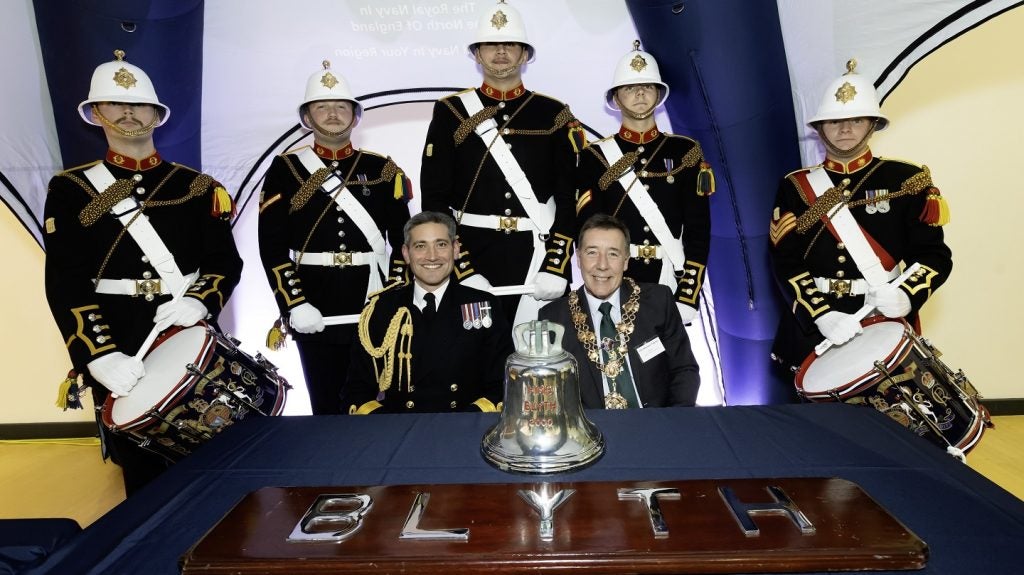
Neighbouring France, also juggling the shift in MCM technologies, is opting to both develop uncrewed systems while also building a new fleet of minehunters for the Marine Nationale and Belgium.
Among major naval powers only the US Navy is joining the UK turning its MCM mission into a capability module, to be swapped in and out of the multirole vessels of the future.

US Tariffs are shifting - will you react or anticipate?
Don’t let policy changes catch you off guard. Stay proactive with real-time data and expert analysis.
By GlobalDataBut what about some of the other storied names of the Royal Navy, both those that have returned to service and other allowed to rest in the history books? Here are five of the best.
Five famous ship names of the Royal Navy
Ark Royal
A total of five ships of the Royal Navy or earlier English Navy have been named Ark Royal, beginning in 1587 for a galleon that served as flagship of England’s naval campaigns against the Spanish Armada in 1588. A further four vessels were named Ark Royal in the 20th Century, all of which were commissioned as seaplane or aircraft carriers.
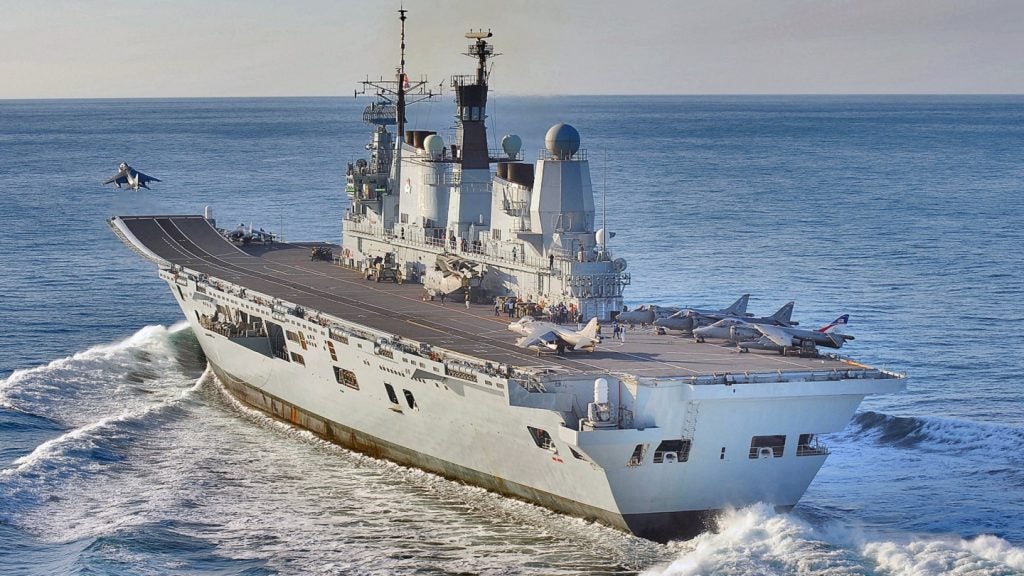
The most recent HMS Ark Royal was an Invincible-class light carrier, commissioned into service in 1981 and decommissioned in 2011. The name has become synonymous with the Royal Navy, although given its assignment to aircraft carriers, and the names selected for the two Queen Elizabeth-class carriers, it could be decade before another aircraft carrier carries the moniker.
Indefatigable
Six ships in the Royal Navy have been named Indefatigable, starting with a 64-gun ship-of-the-line launched in 1784. The name has been attached to a range of warships, from sailing ships to armoured cruisers, battlecruisers and aircraft carriers.
Perhaps the most famous of them was the First World War era HMS Indefatigable, lead ship of the Indefatigable-class battlecruisers, which were built in the years prior to the outbreak of war. Displacing more than 18,000 tonnes, the ship was heavily armed for its time featuring eight 12-inch guns, mounted in four twin turrets.
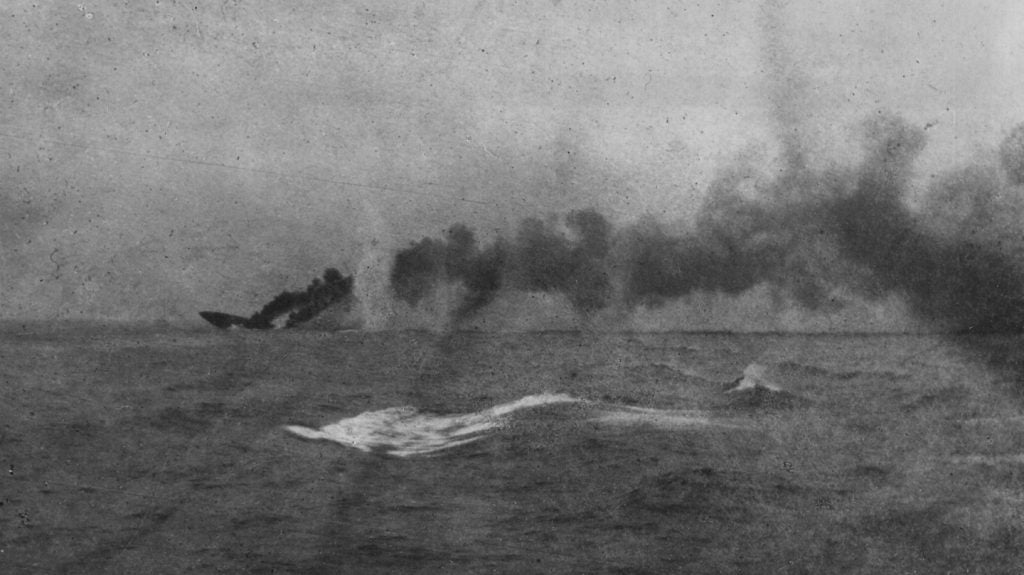
HMS Indefatigable was sunk at the Battle of Jutland where the full might of the Royal Navy and German High Sea Fleet met in pitched naval combat, with the loss of nearly its entire 1,019-strong crew. Just two survivors of Indefatigable’s were rescued from the North Sea.
Queen Elizabeth
Just two vessels have been called HMS Queen Elizabeth, named after Queen Elizabeth I of England, with a third, one of the CVA aircraft carriers planned in the 1960s, cancelled before being built.
The first HMS Queen Elizabeth was the lead ship of the Queen Elizabeth-class battleships, a class of five fast battleships built for the Royal Navy that served during the First and Second World Wars. The type was highly regarded during their time in service.
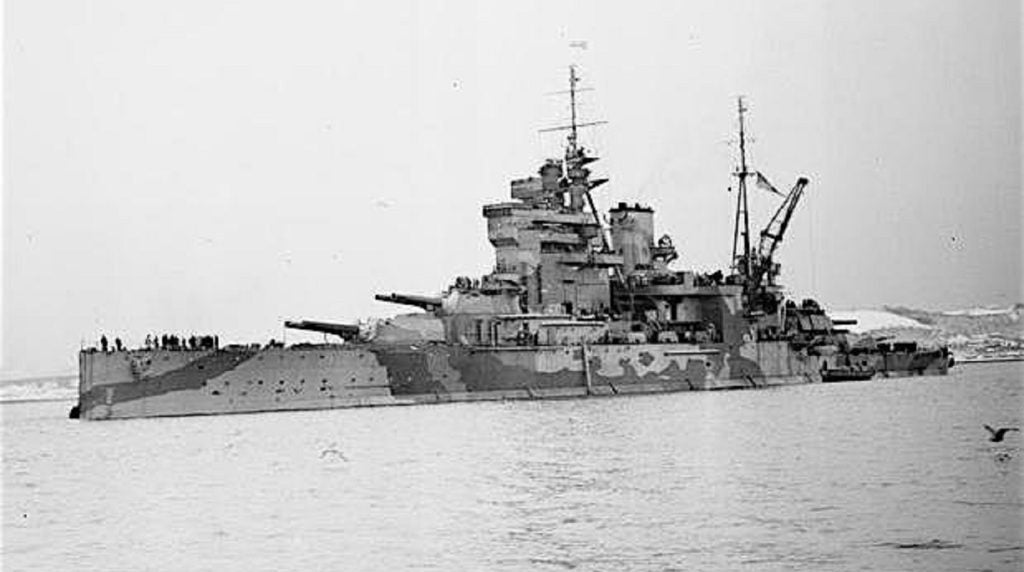
The current HMS Queen Elizabeth is lead ship of a new class of aircraft carriers, entering service in 2017. Displacing up to 70,000 tonnes at full load, and able to accommodate up to 36 F-35B stealth fighters plus helicopters, HMS Queen Elizabeth and its sister ship HMS Prince of Wales (pictured, top image) are the largest warships ever built for the Royal Navy.
Campbeltown
In total, two Royal Navy warships have borne the name Campbeltown during the history of the Royal Navy, while the fifth and final Type 31 frigate is also due to carry its name once commissioned later this decade.
The first HMS Campbeltown was commissioned as a Town-class destroyer with the Royal Navy in 1940, having previously served in the US Navy before being donated as art of the UK-US Destroyers for Bases agreement.
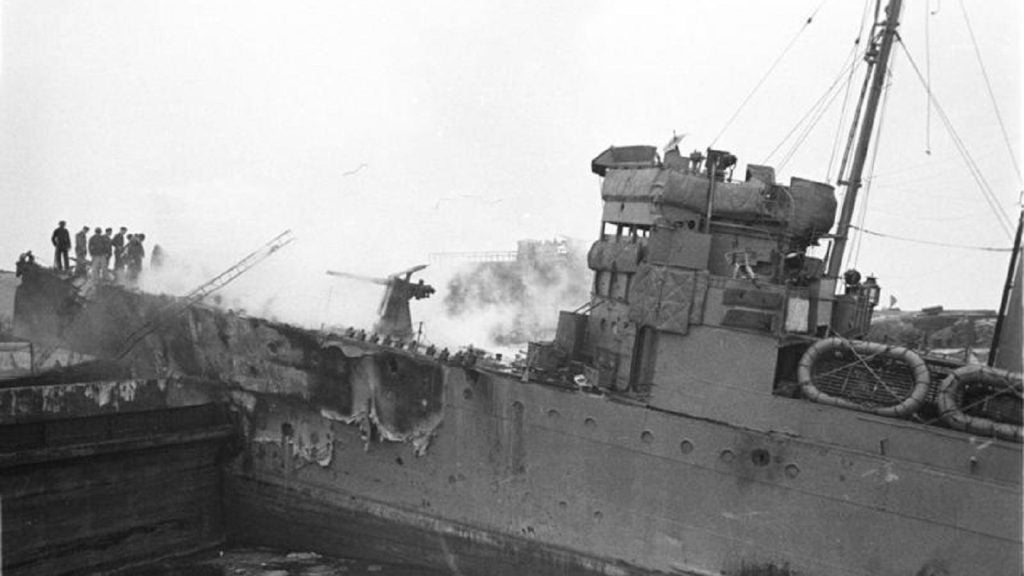
The destroyer participated in the renowned St Nazaire Raid in 1942 to target the German Kriegsmarine at its bases in France, ramming the drydocks at St Nazaire before detonating its cargo of explosives, rendering the key facilities unusable by Germany for the rest of the Second World War.
Dreadnought
Saving what many might consider to be the best to last, the name Dreadnought has been assigned to no fewer than 12 warships and submarines that have served with the English Navy and Royal Navy, starting in the age of sail in the mid-16th Century.
More than 350 years later, in 1906 the Royal Navy commissioned a new warship into service featuring at-the-time revolutionary new design principles that included a standardised main gun complement (five x twin 12-inch gun turrets), and was powered by steam turbines, creating a new archetype of warship design that become known as the dreadnought. Capital ships around the world built prior to this became known as pre-dreadnoughts.
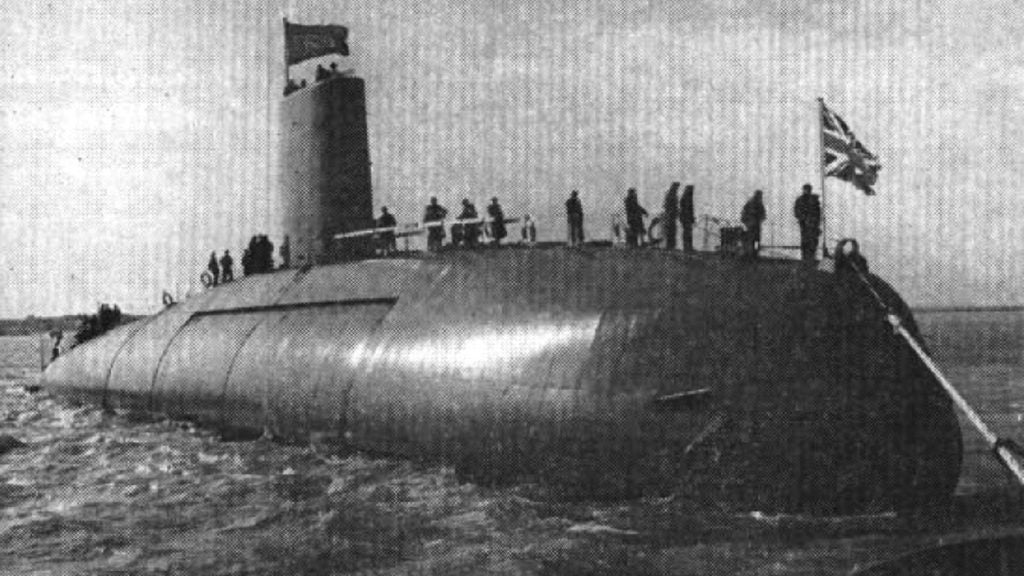
However, the storied name of Dreadnought did not end there, with HMS Dreadnought becoming the first nuclear-powered attack submarine of the Royal Navy, commissioning into service in 1963. The hull of this historic boat is currently stored at Rosyth, awaiting disposal as part of the UK’s Submarine Dismantling Project.
The name will continue further still, with the first-in-class HMS Dreadnought to be the lead boat of a new fleet of nuclear-powered ballistic missile submarines being built for the Royal Navy, which when in service will house the UK’s Trident nuclear weapon deterrent.



